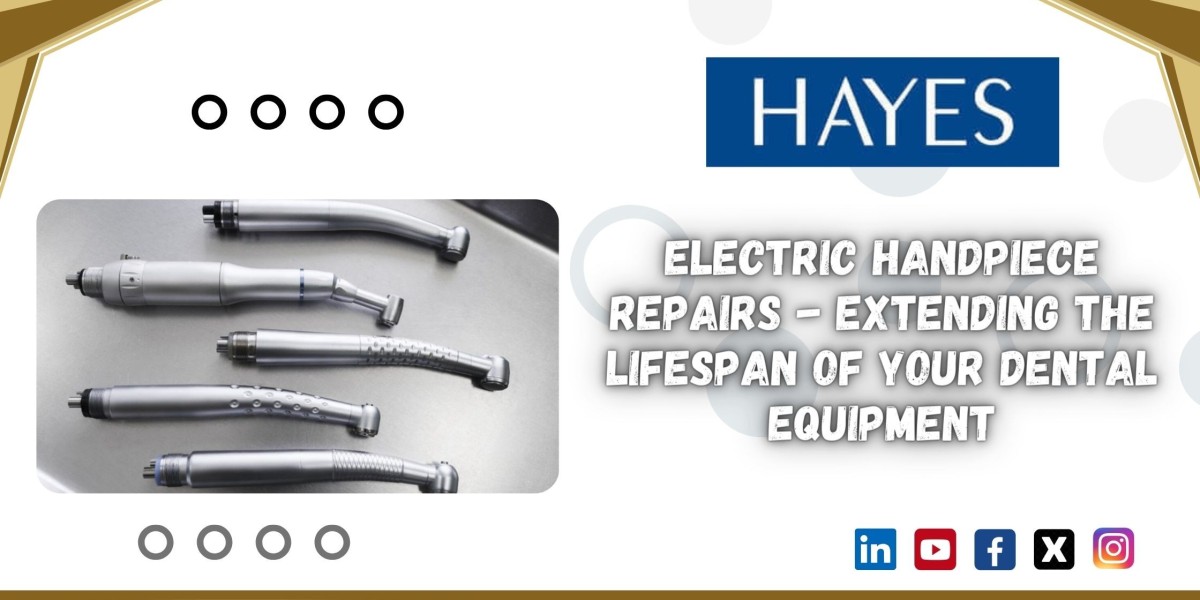Electric handpieces are invaluable tools in the dental and surgical fields, known for their precision and reliability. These devices play a crucial role in various procedures, from tooth preparations in dentistry to bone cutting in surgery. However, like any mechanical instrument, electric handpieces can experience wear and tear over time. This is where electric handpiece repairs become essential.
Common Issues with Electric Handpieces
Electric handpieces may encounter a range of issues, including motor malfunctions, bearing wear, or damaged chucks and collets. These problems can result from regular use, improper maintenance, or accidents. Ignoring these issues can lead to a decrease in performance and potential complications during procedures.
The Repair Process
Electric handpiece repairs involve a meticulous process. First, the device is thoroughly assessed to identify the root cause of the problem. Skilled technicians then disassemble the handpiece, replacing damaged components such as bearings, chucks, and motors. After reassembly, the handpiece undergoes rigorous testing to ensure it meets the manufacturer's specifications and operates at peak performance.
Benefits of Professional Repairs
Opting for professional electric handpiece repairs has numerous advantages. It extends the lifespan of the equipment, maintains its precision, and reduces the risk of unexpected breakdowns. Additionally, it saves costs compared to purchasing a new handpiece. Moreover, reputable repair centers often offer warranties on their work, providing peace of mind to practitioners.
Conclusion
In the dental and surgical fields, maintaining the functionality of electric handpieces is paramount. Investing in regular maintenance and professional repairs ensures that these essential tools continue to deliver the precision and reliability required for successful procedures, benefiting both practitioners and patients alike.








